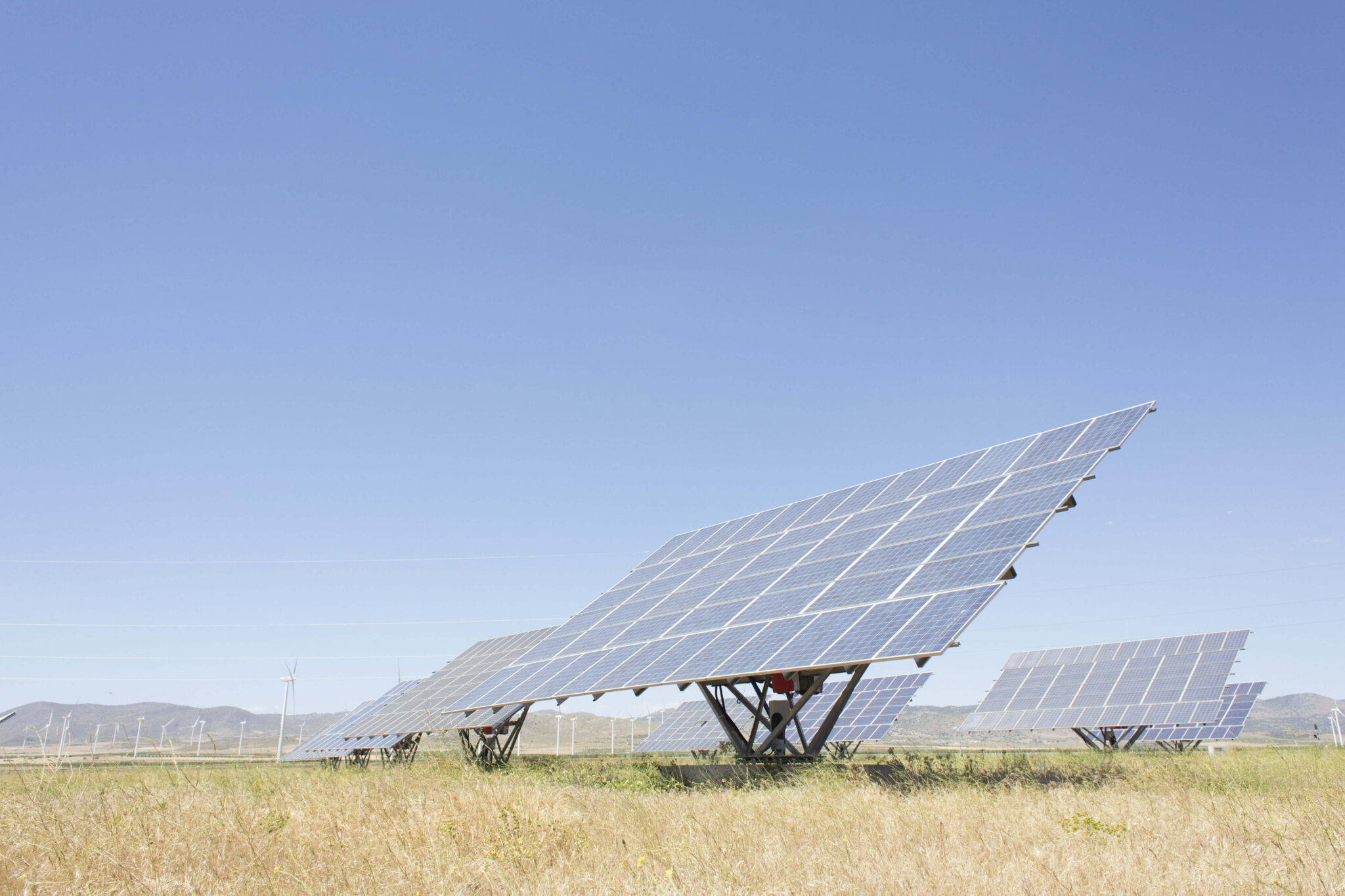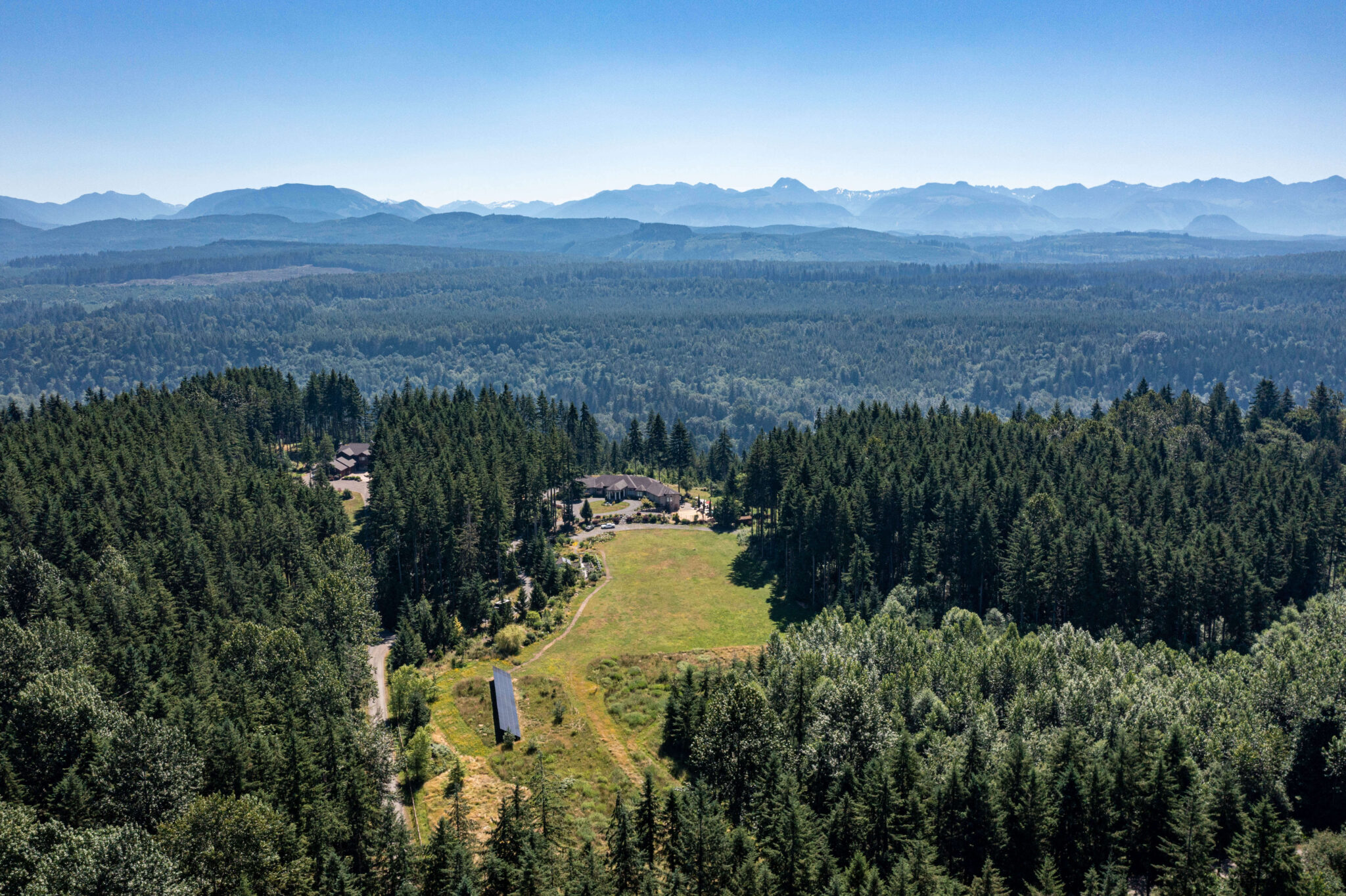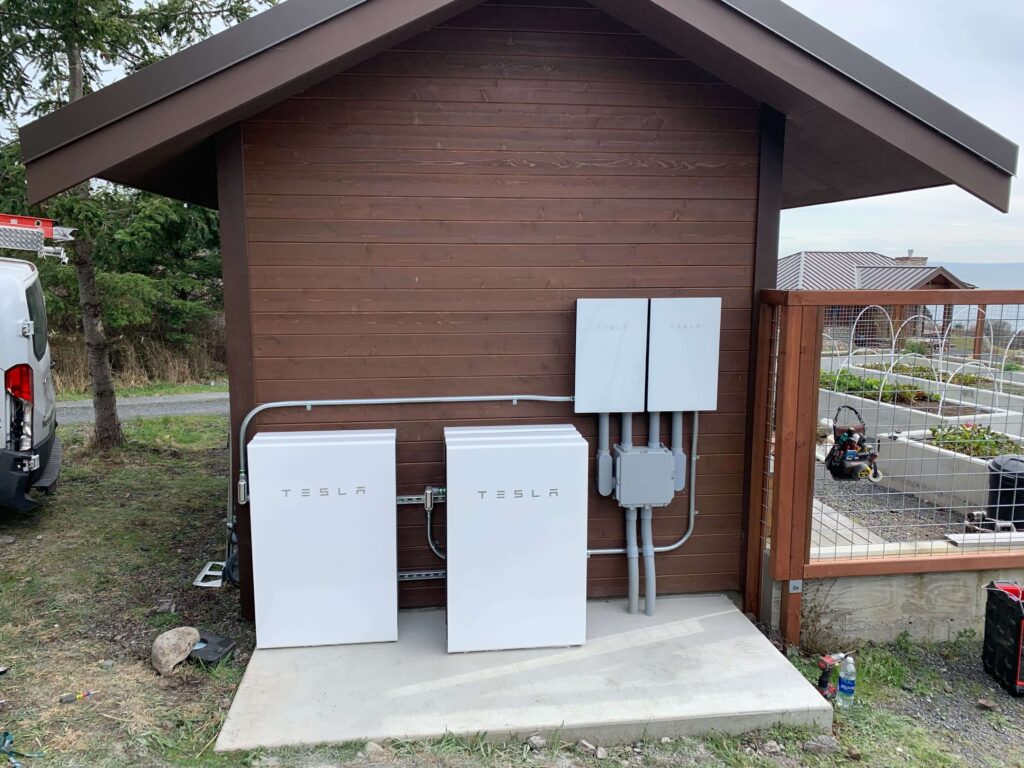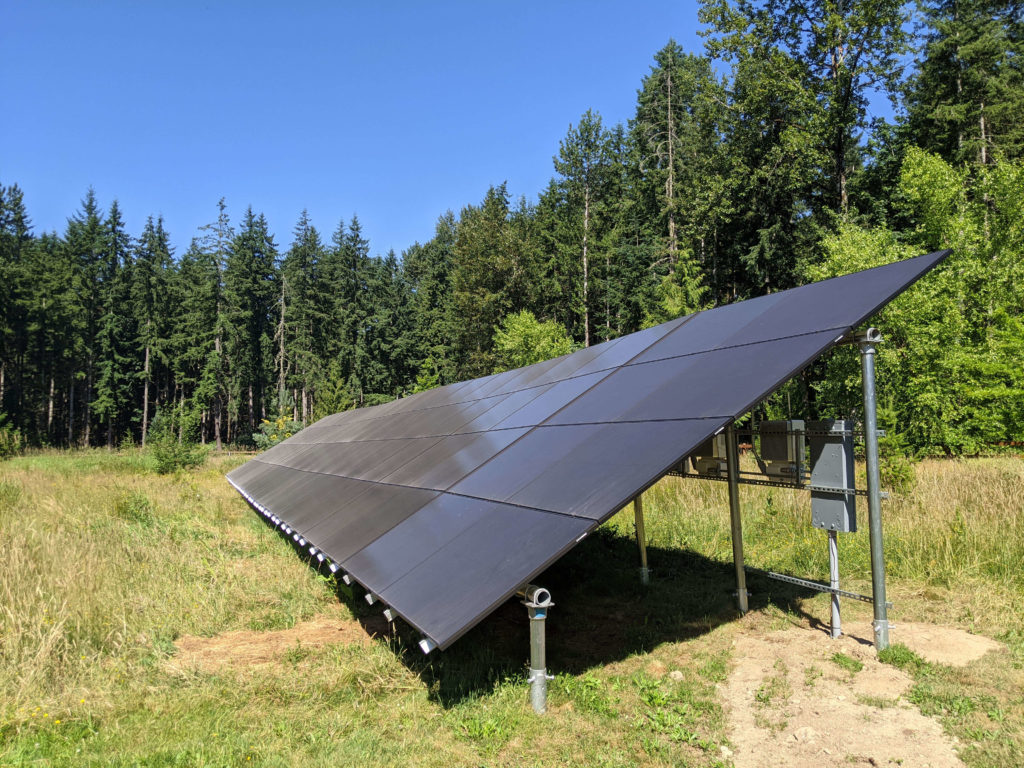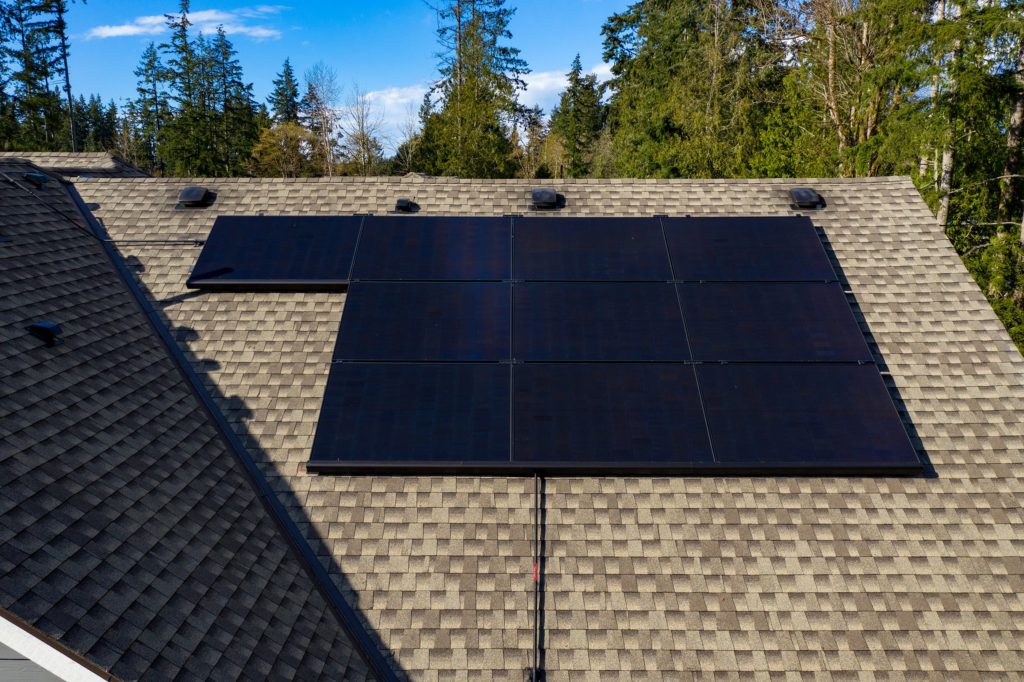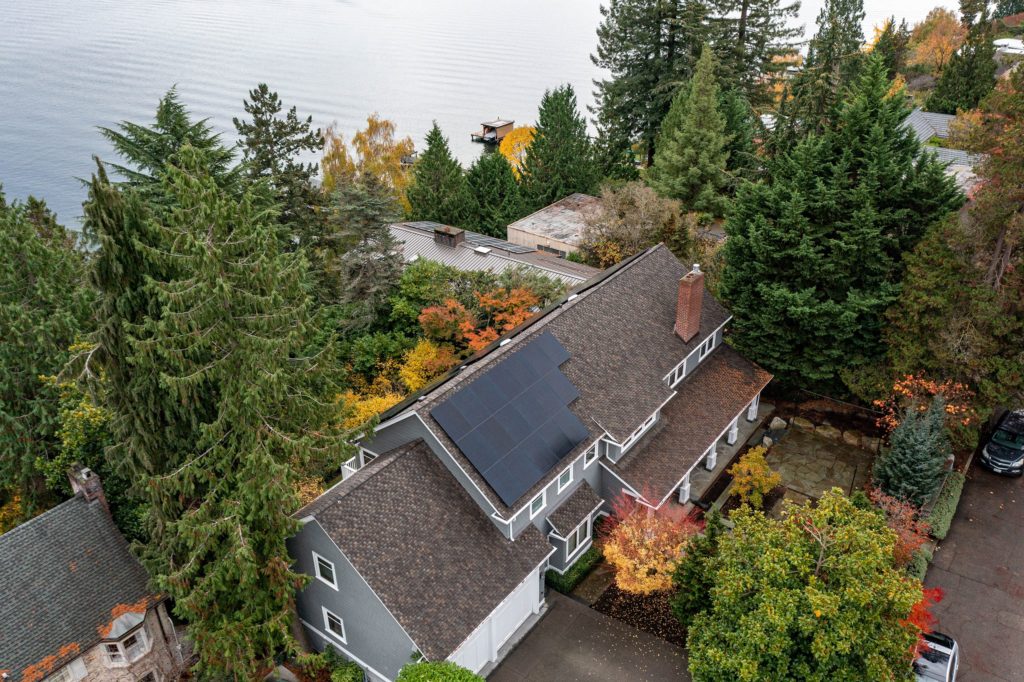Placing your energy plant
When deploying distributed energy generation sources such as solar, it is vital to consider the ideal location to maximize electricity generation. When the roof isn’t viable, you can look to the earth we stand on to install your solar PV plant and what you’ll have is a beautiful ground-mounted array.
Ground-mount considerations
There are many reasons a rooftop solar array isn’t the best choice for your panel locations, from the type and pitch of the roof to the structural integrity of the building. These factors impact the cost and how much the solar PV system will generate. When the roof spaces don’t line up for a productive system, do not fret; if you have the space for ground-mount, you’ll be able to maximize your energy production and make a statement for all who visit your home or business.
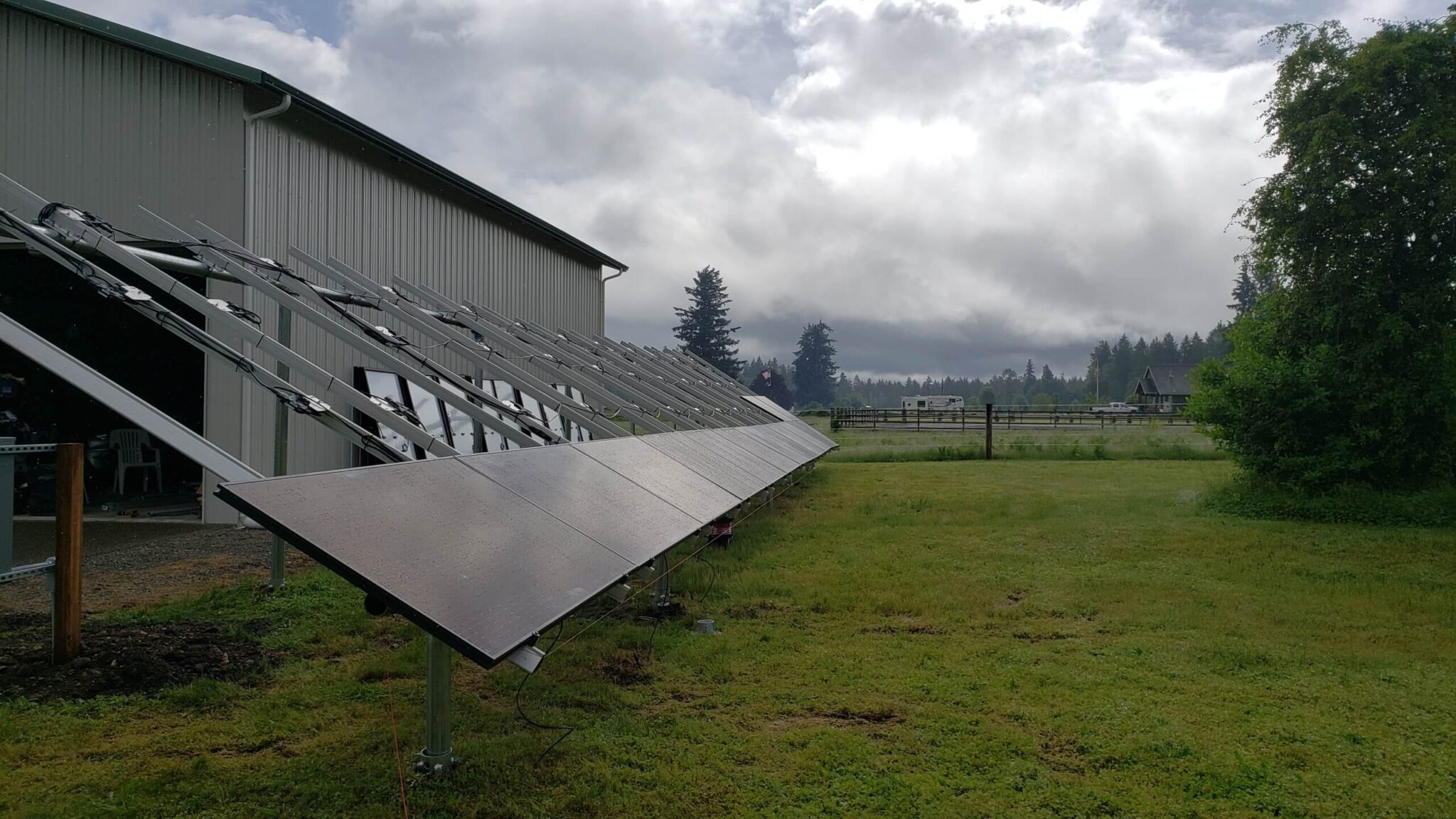
Pros
Placement
Solar arrays, whether on the roof or ground, need to have ideal sunlight exposure to maximize production. With solar ground-mounts, you can do just that by orienting them South at a 30-degree tilt.
No Roof Penetrations
Solar panels on posts that go into the ground, your roof is left untouched therefore no penetrations to worry about leaking.
Easy Maintenance
Ground-mounted arrays allow for easy access and maintenance. You can troubleshoot panels and electrical equipment in one place without having to get on the roof. If you have to clean the panels, it will be much easier to do from the ground than on a roof.
Cons
Space
to install a practical ground mount, there needs to be open space that isn’t concrete. Array location is subject to shade or usable ground area, just like a rooftop array. You may end up with a smaller system size than one installed on the roof.
Cost
More engineering is involved when preparing the structure for the panels to be placed. Using machinery is common to drill the ground-mount posts sufficiently into the ground at a reasonable time frame.
Soiling
Refers to dust and debris accumulation on the panels, which affect energy production. Since ground-mounted arrays are lower to the ground, they are more susceptible to soiling, especially next to a dirt road used often. Soiling is worse in the summer when dry conditions amplify particulates in the air.
Tracking vs. non-tracking
Tracking ground-mounts or trackers is a unique technology that allows the solar array to follow the sun’s path throughout the day. It allows for more energy production as the ideal angle with the sun is consistently met. Although it generates more solar energy, it is often not worth it for residential or small commercial projects. That is because installing trackers costs a lot of money, adding up to $1000 per panel when calculating the total project costs. Fixed ground-mounts amount to about $100 per panel, so in the end, if you want more power, adding a couple more panels will do the trick. Trackers have more moving parts, which means more pieces needing maintenance.
